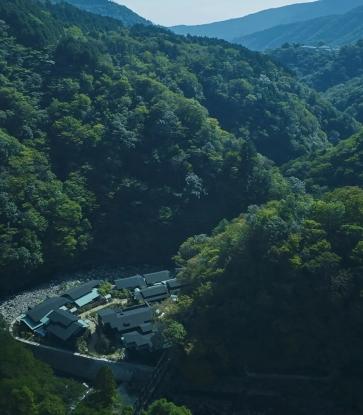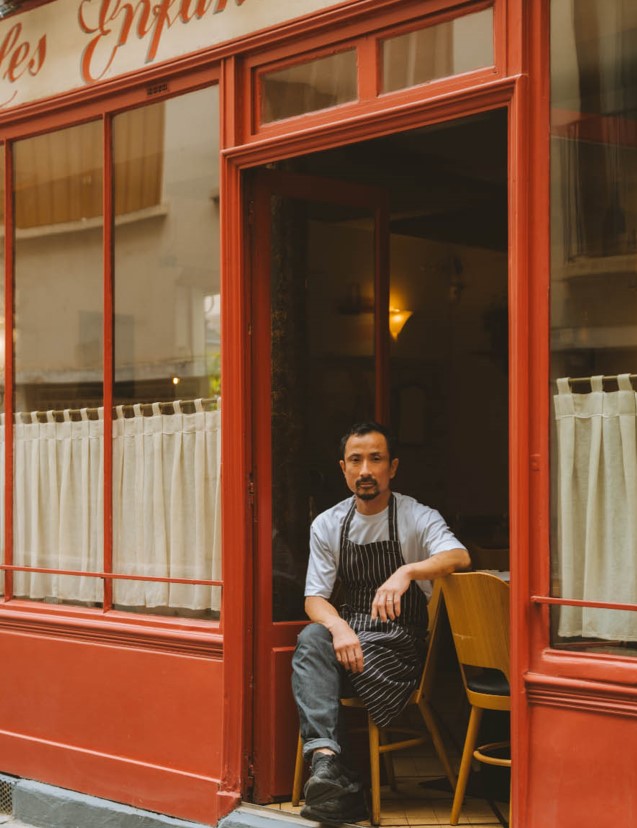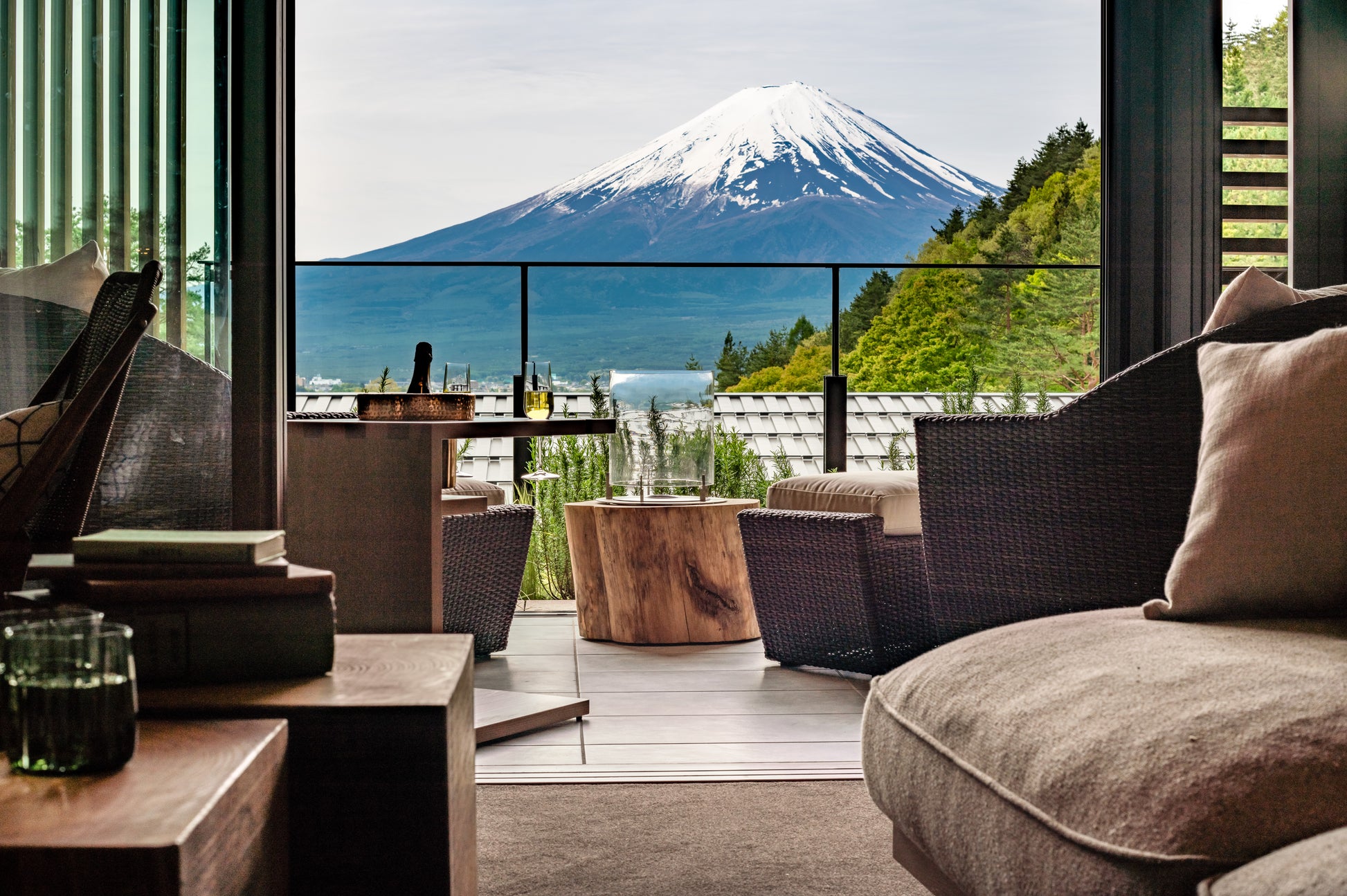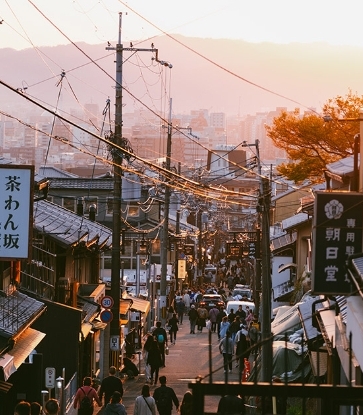In fact, Tagata wasn’t always a soba artisan. He started out as a Japanese salary man with a keen interest in soba-making, taking it on as a hobby at age 27. At 33, Tagata left his sales job to work at a restaurant in Tokyo for two years to pick up the art of making soba.
"Soba is very simple. There is no artificiality to it, and the process of making it is so natural. That's what I love about soba," says Tagata. He now runs his restaurant Teuchi Soba Tagata in Shizuoka, Japan, where he continues the art of making soba by hand.
Not all soba is made the same though. In autumn, for instance, the buckwheat harvest is better, which produces a more aromatic noodle; buckwheat from the summer harvest is turned into noodles better paired with a dipping sauce.

While machines have eased the time of soba-making, the essence of good soba lies in making it by hand. The buckwheat grains, for instance, should be stone-milled by hand, as the flour has to be very fresh to get a good aromatic noodle.
The next step is to place the flour in a large basin, where pure spring water is added slowly. Strong forceful motions are applied to knead and work the doughy pellets into a dome.
"When you touch the soba flour, you can feel it speak to you," says Tagata.
Roll and push
It is why the soba master painstakingly rolls out the dough by hand each day, a process he refuses to surrender to machines. At his restaurant, the dough is rolled out using noshibo (rolling pin), then stretched and slapped on the board repeatedly until its surface gleams. This is because machine-rolled soba clumps up the dough and cause easy breakage.
A quick 7-second dip in unsalted boiling water, and the noodles are served as is with a pinch of natural salt and a bowl of dipping sauce on the side. Though many will find it rude to see someone slurping up a bowl of noodles, Tagata shares that this is common in Japan. Aerating the noodles in your mouth (when you slurp the soba) actually helps achieve the flavours and aroma of the soba when you chew it.
"Slurping your noodles is actually a sign of appreciation," he says.


















